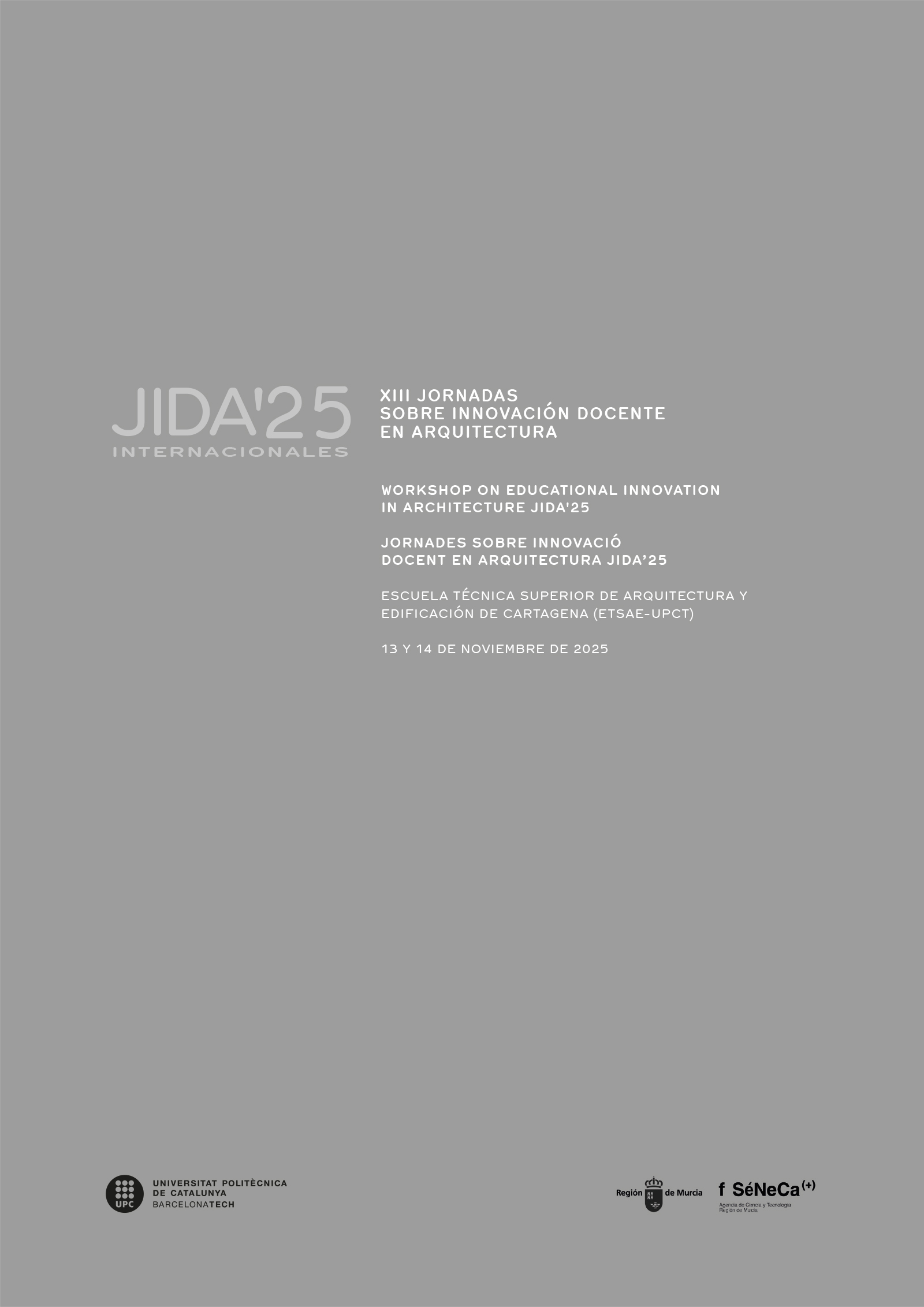Post-Occupancy Representation: Drawing Buildings in Use for Adaptive Architecture
DOI:
https://doi.org/10.5821/jida.2025.13608Keywords:
adaptive reuse, architectural representation, post-occupancy evaluation (POE), user-centred, research by design (RbD)Abstract
This paper presents a teaching and research experience in which Post-Occupancy Evaluation (POE) is used as a drawing method to inform adaptive design in public buildings. Conducted in a ten-week MSc2 Architecture seminar with 24 students, the course employed Research by Design (RbD) to loop between evaluation and intervention. Students combined on-site surveys, questionnaires and behavioural mapping, translating findings into living drawings that register use, comfort and change over time. Layered plans, annotated axonometrics and narrative diagrams turned evidence into spatial guidelines. The approach reframes evaluation from a retrospective assessment into an active driver of design decisions aimed at well-being and environmental performance. The paper outlines the course process, key outcomes across campus buildings, and reflects on the pedagogical value of representation as inquiry.
References
EAAE (European Association for Architectural Education). n.d. “EAAE Charter for Architectural Research.” Accessed August 10, 2025. https://www.eaae.eu/
Cross, Nigel. 1982. “Designerly Ways of Knowing.” Design Studies 3(4): 221–227.
Glanville, Ranulph. 1999. “Researching Design and Designing Research.” Design Issues 15(2): 80–91.
Hauberg, Jørgen. 2011. “Research by Design – A Research Strategy.” Lusófona Journal of Architecture and Education no. 5: 51.
Preiser, Wolfgang F. E., Harvey Z. Rabinowitz, and Edward T. White. 1988. Post-Occupancy Evaluation. New York: Van Nostrand Reinhold.
Verbeke, Johan. 2013. “This Is Research by Design.” In Design Research in Architecture: An Overview, edited by Murray Fraser, 150. London: Routledge.






















